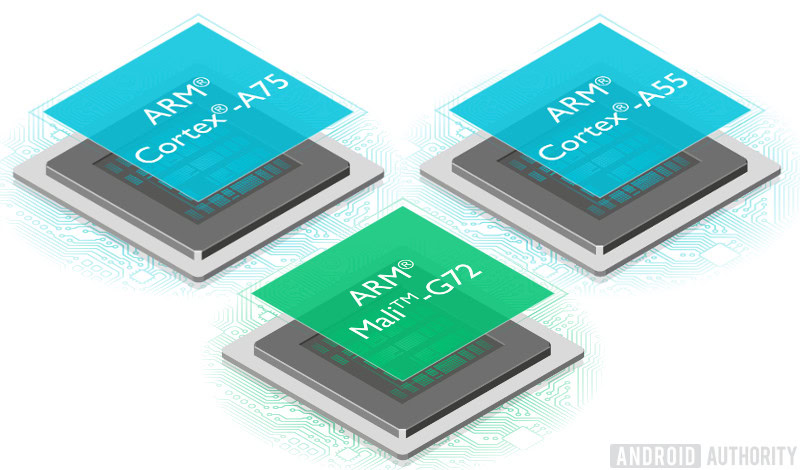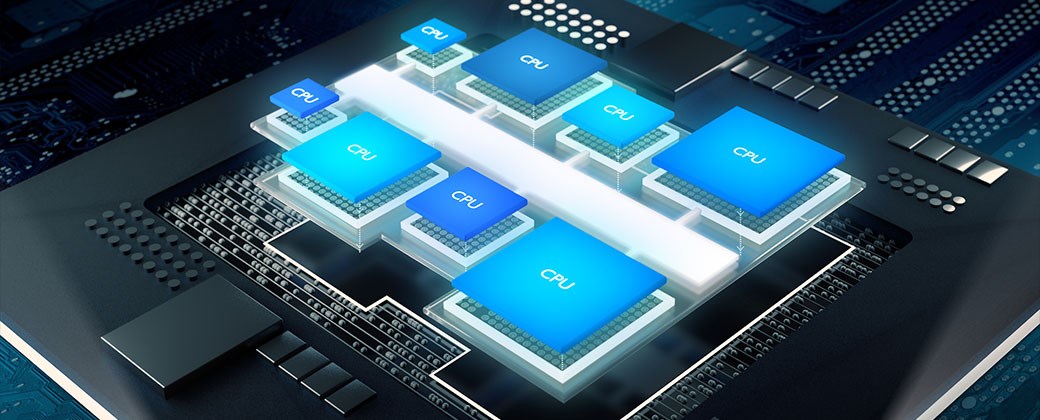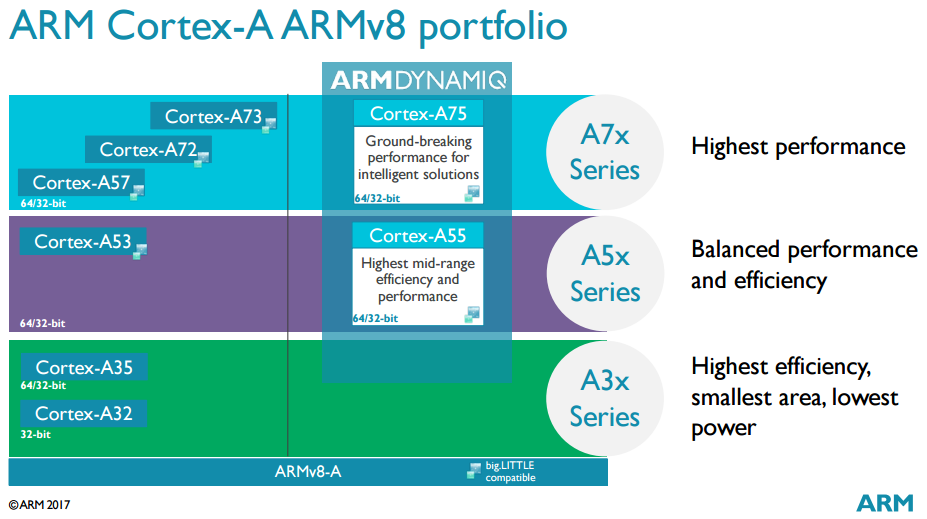Affiliate links on Android Authority may earn us a commission. Learn more.
ARM unveils new Cortex-A75, A55 and Mali-G72 components

Today, ARM has lifted the lid on three new products that are dead certain to be heading to next generation mobile devices. The company has unveiled two new CPU designs, the high performance Cortex-A75 and energy efficiency Cortex-A55, alongside a more efficient Mali-G72 GPU. These new components are the successors to ARM’s existing Cortex-A73 and A-53 CPUs, and its high-end Mali-G71 GPU that are found inside a wide selection of today’s mobile devices.

The Cortex-A75 offers up new levels of performance for premium tier products, with a greater than 20 percent typical performance boost in a range of scenarios when compared with the existing Cortex-A73. Furthermore, the CPU offers up the same levels of sustained performance as the A73, meaning that performance shouldn’t dip when running high-intensity tasks for longer periods of time. ARM has paid a lot of attention to ensuring that these new performance gains don’t come at the expense of energy efficiency either.
The Cortex-A55 can offer up even larger performance gains in some uses cases, with memory performance bound tasks increasing by 2x when compared with the Cortex-A53. More typical CPU usage should see similar 20 percent gains as the A75. The Cortex-A55 also boasts up to a 15 percent boost to energy efficiency over the A53, meaning potential battery gains even for future chips built in current processing nodes. In total, ARM says that designers can pick from over 3,000 different configurations, ranging from optional L2 and L3 caches, crypto, and NEON capabilities, through to up to 8 cores per cluster.

Speaking of which, the perhaps most notable talking point is that the Cortex-A75 and A55 are the first ARM CPU’s to support the company’s latest DynamIQ technology. DynamIQ enables SoC designers to mix and match these CPU cores inside a single cluster, providing greater design, performance, and energy flexibility. Cluster counts now extend up to 8 cores, allowing for developers to implement 4+4, 2+6, 1+7, 1+3, or any other configuration inside a single cluster. Previously, SoC designers had to use big.LITTLE and multiple clusters to mix between different micro-architectures.
Importantly, these new CPU designs are built on the company’s latest ARMv8.2-A architecture, meaning that we won’t see these new cores paired up with existing ARMv8-A based CPUs, such as the Cortex-A73 or the A-53. Changes introduced with ARMv8.2-A include an enhanced memory model, half-precision floating point data processing, and adds support for both RAS (reliability availability serviceability) and statistical profiling extension (SPE).

Furthermore, these DynamIQ compatible CPUs have been redesigned with a new essential DynamIQ Shared Unit (DSU), which is tasked with power management, ACP and peripheral port interfacing, and houses the L3 cache, a first for ARM’s mobile processors. This overhaul represents a major change from the A-73 and A-53, and has some interesting implications for the company’s architecture and Built on ARM Cortex Technology licensees, but we’ll touch more on that in our deep dive.
Moving on to the GPU, the Mali-G72 features a number smaller incremental improvements over the G71, rather than the big changes introduced by DynamIQ and ARM’s latest CPUs. ARM says that the Mali-G72 will see a 25 percent boost to energy efficiency compared with the G71, meaning that SoC designers will have more power to play with to boost performance or increase battery life.
Similarly, the G72 offers 20 percent better performance density, meaning that manufacturers can pack more GPU cores into the same die area as before, giving further potential for a performance boost without an increase in cost. Previously ARM was targeting 16 to 20 Mali-G71 cores as the optimum for mobile, and expects to see the number push closer to the 32 shader core maximum supported by the G72 this time around.

ARM expects that the first implementations of its new CPU and GPU technologies could appear either in Q4 2017 or Q1 2018, but we’re most likely going to see actual products on store shelves sometime next year.